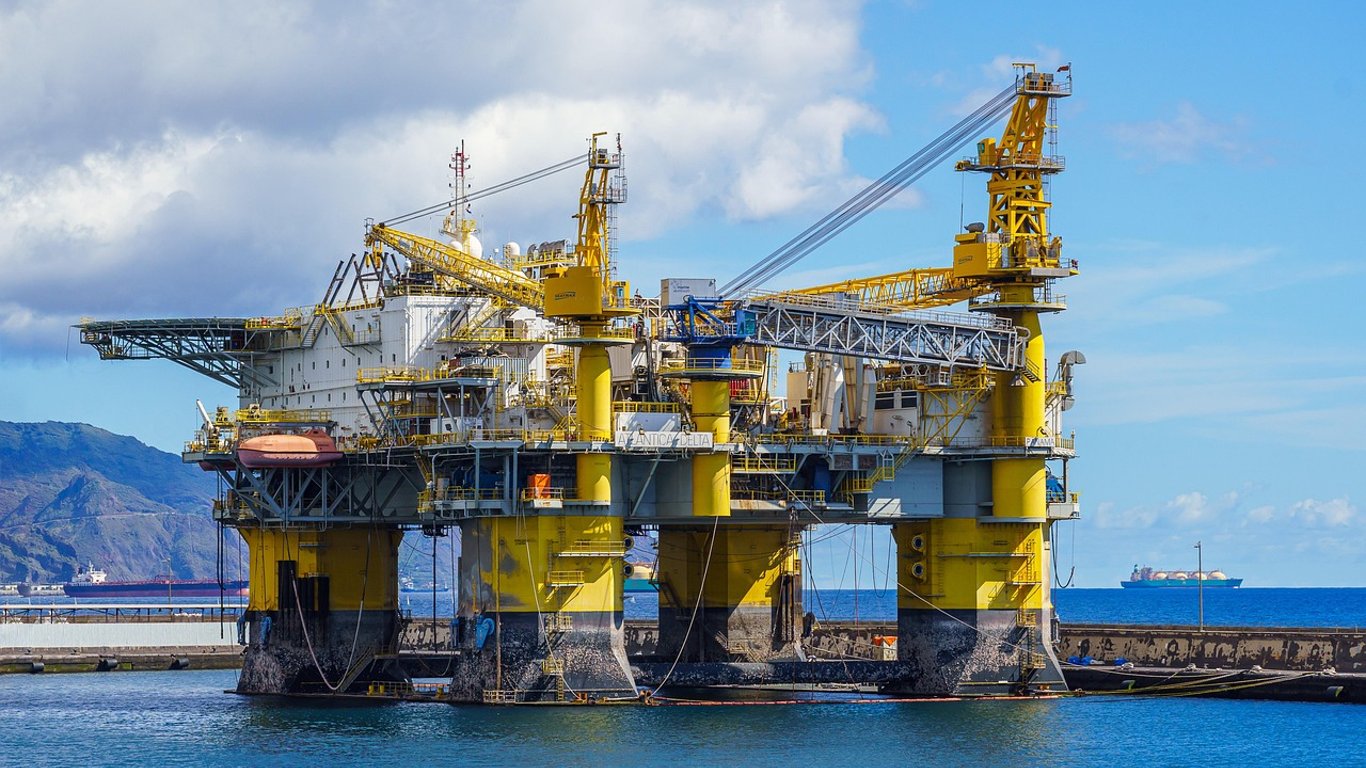Secrets of the Shelf - The Shallowest Depths Where Oil Lies in the Sea.


Oil extraction in the sea may not be as difficult as it seems. It is no coincidence that a large portion of oil fields is located at shallow depths, which facilitates extraction and reduces costs.
How Oil is Extracted in the Sea
Due to decreasing oil reserves on land, offshore oil extraction is becoming increasingly popular. This is done using drilling platforms, which can be either stationary or floating. It is a complex and lengthy process, but the result is worth it.
The amount of extracted oil is determined by various factors, such as geological conditions, including permeability of rocks, pressure in deposits, porosity of the reservoir, and viscosity of the oil. The depth of the field underground is also important.
What are the Shallowest Depths Where Oil Lies in the Sea
The depth of fields can vary from a few meters to several kilometers depending on the region. In many parts of the world, oil is found in shallow waters — for example, on the continental shelf, where the water depth rarely exceeds 200 meters.
Examples of such places include the North Sea and the Persian Gulf, where oil fields lie at a shallow depth. Even in shallow areas, there can be deep stratigraphic reservoirs, highlighting the complexity of the extraction process.
Overall, oil extraction in the sea can be successful and profitable thanks to advanced technologies and a deep understanding of geological processes beneath the Earth's surface.
Read also
- PrivatBank and Credit Limit - How a Client Lost 17,000 UAH
- The first metal processed by humans - where copper is mined
- Oschadbank has enhanced its services - what has changed in 2025
- Pension Payments for Combat Participants — How Much and For What Are Additional Payments Made in 2025
- The Most Powerful Hydroelectric Power Station in the World — Where It Was Built and How It Works
- Apartments are no longer a priority — what Ukrainians have shifted to









